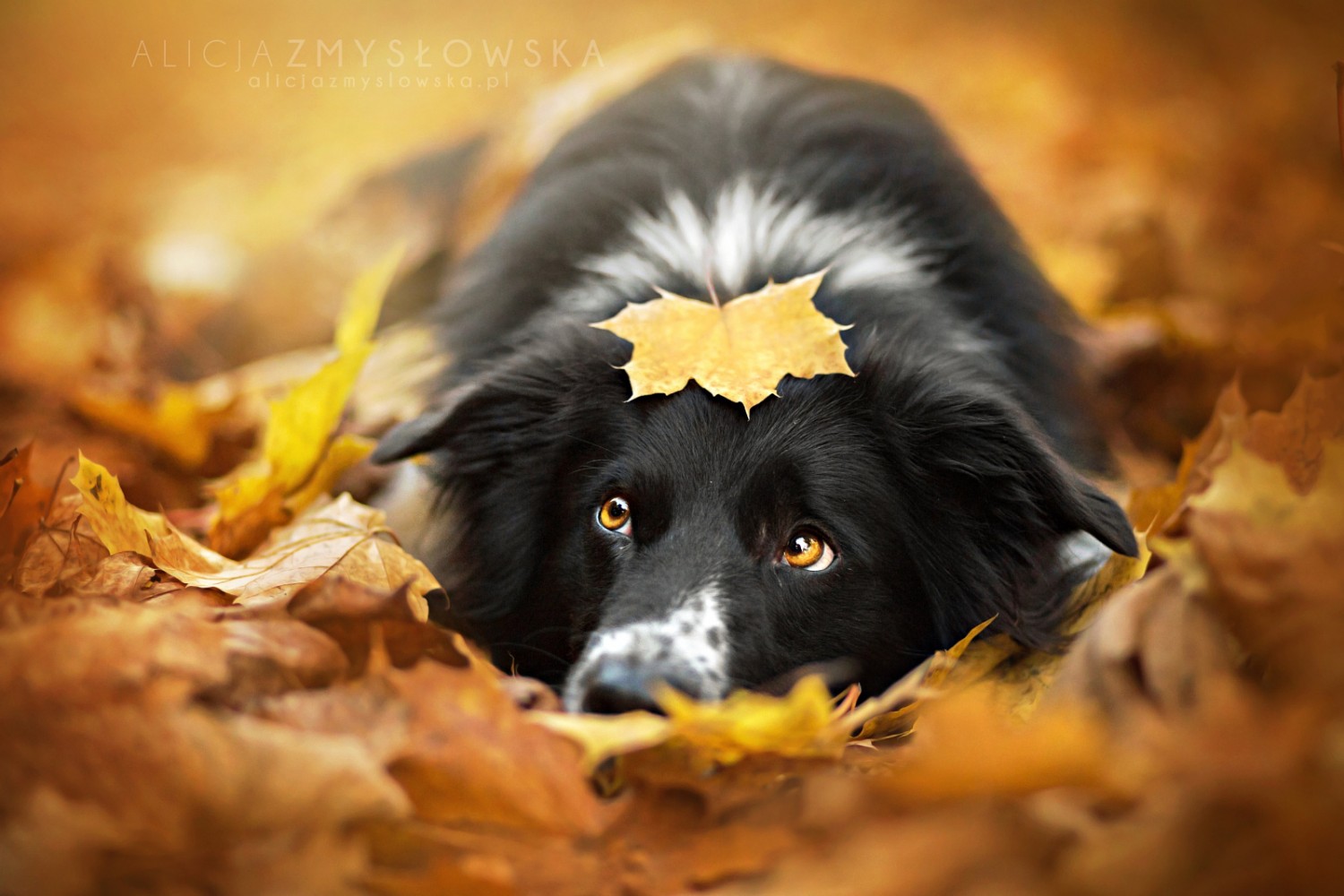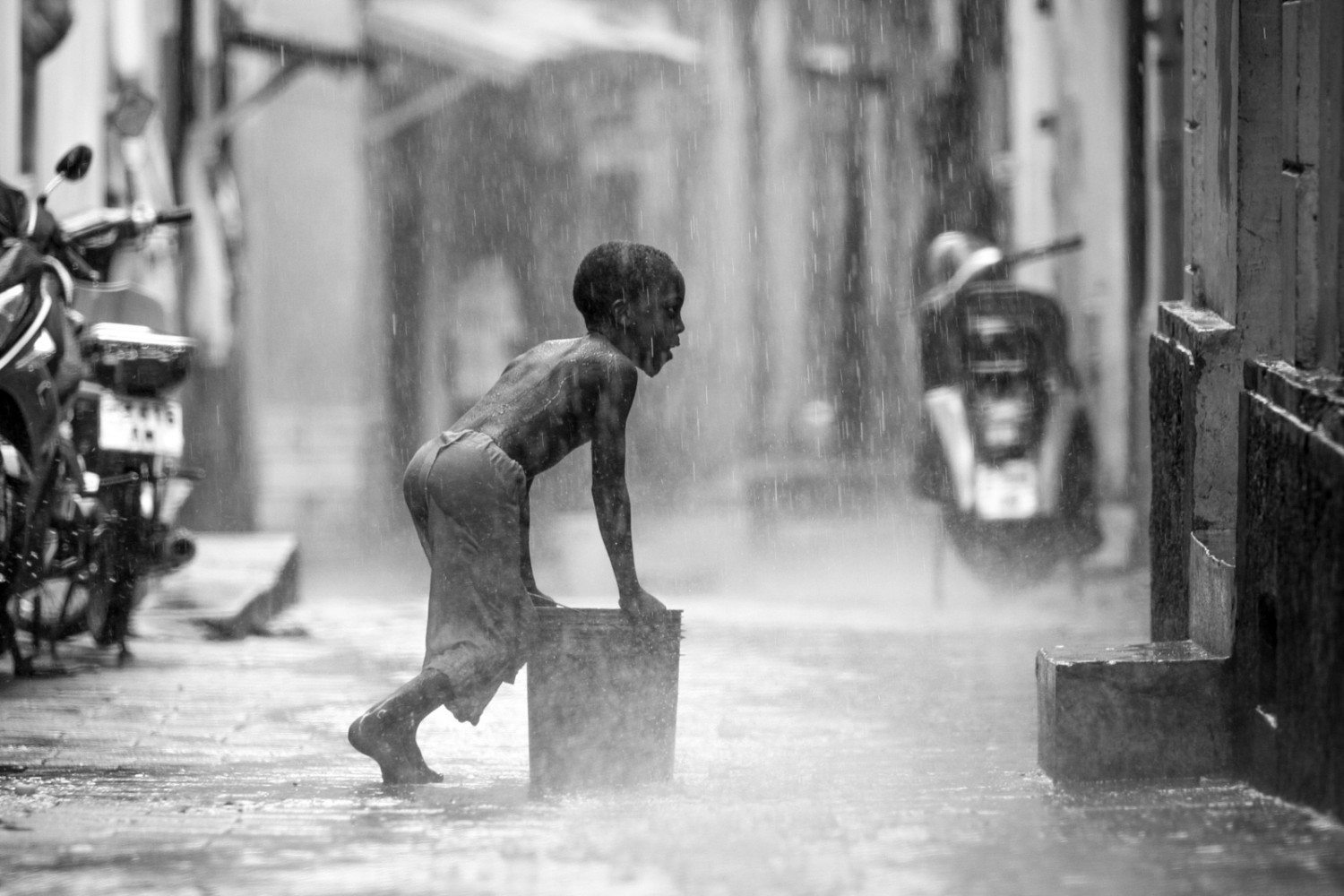Phoo Chan is a talented birding photographer and 500px member whose work has been published in various publications including National Geographic magazine and the latest National Geographic Complete Bird of North America (2nd edition) book cover page.
In this post he discusses the pros and cons of low angle shooting, and why some of the best shots are only achievable when you’re willing to roll around in the mud.
For some strange reason, this subject came to my mind when I was looking at one of my painted bunting shots taken from Texas back in May of last year.
Apparently there are two camps with their own views. Although it is not something as controversial or debatable as in Nikon vs Canon, but certainly the subject deserves some air time as far as good photography is concerned.

Judging from many of my shots especially those with shorebirds as the main subject, you can tell that I’m biased towards low angle shooting.
I would even go as low as having my face right next to a bunch of duck poops (I can imagine some of you cringing even at the thought of this!) just to get closer to my subjects. Many even admire my work just because of that extra effort! 🙂

There are times you’re on your belly on a downward slope, causing your blood to rush from your feet into your brain. And there are times when your belly and chest are resting on sharp pebbles or bushes… not to mention the stinky shore muds and murky water.
I usually have my trusted purple yoga mat with me, but most of the time it’s not big enough and I end up with messy and gooey stuff sticking all over me… and then you end up going home with a stiff neck (groan) most of the time.

So why go through such a hassle to shoot at low angle? Well, simply put:
1. Subject isolation from both foreground and background is optimized
2. You can capture bokehlicious shots with creamy background
3. Get an awesome Depth of Field
4. Great clarity
5. Capture a unique perspective, making the subject appear bigger
6. Get an eye level point of view.
Obviously the first 4 on the list are talking about the same thing, but I simply want make a stronger point here.
Even shooting a bird in flight coming to landing gives you an interesting angle when you’re almost at the eye level of the subject you’re shooting, like this American Avocet.

Sure that’s all good, but being low does not necessary mean you’re guaranteed to get good shots. The position limits your movement, since you can only have a limited panning angle while your whole body is “anchored” to the ground.

Sticking your head up seems to put a lot of pressure on you, and over a period of time you will get stiff neck like I mentioned above. Oftentimes, you get photo-bombed by other birds that walk into your frame right in front of the subject you’re shooting, and it always seems to happen in the midst of good actions.

That is when the guys with tripods shrug their shoulders and look at you with a big smile, sort of saying “I told you so” since they managed to capture the complete sequence while you were looking at those dark brown blobs on your LCD…

In my conversations with several photographers, some admitted that they would love to capture similar images, but due to health and/or age reasons they simply cannot afford to take the risk. I fully understand and sympathize with their situation.
What I fail to understand is those who are able but simply state that this is not their type of photography, even though they are shooting the same subjects we’re shooting.

So while we’re on our belly, they are shooting from a tripod fully extended.
Like other wildlife photographers, we have invested a large sum of money in our gear simply to be able to produce good images. However, good images do not simply mean clear sharp good image quality shots since that is only part of the equation in producing outstanding shots.

Lying low with your camera may make you look awkward or even crazy to passerby but the resulting shots are well worth the effort and discomfort. Not everybody can lie down next to a pile of animal poop or murky, smelly, gooey mud.

You know the saying “If a bird poops on you, it’s good luck”? Well, now, apparently, it can also give you a smoother, more glow-y appearance when applied directly to your face, in addition to getting amazing shots!
In short, the moral of the story is: you need to get dirty and smelly to be rewarded with superb shots. No one ever said it was going to be easy…






Leave a reply